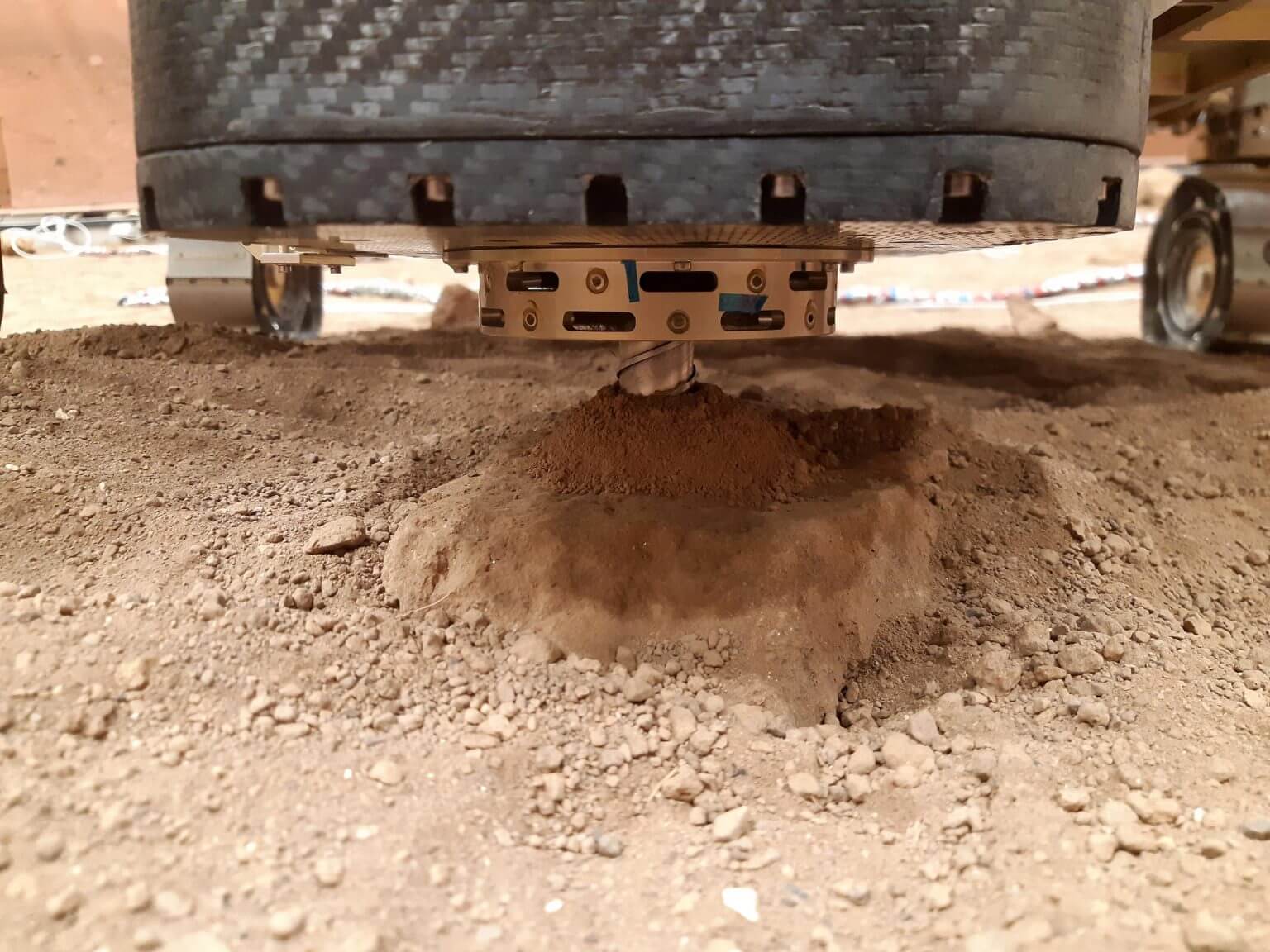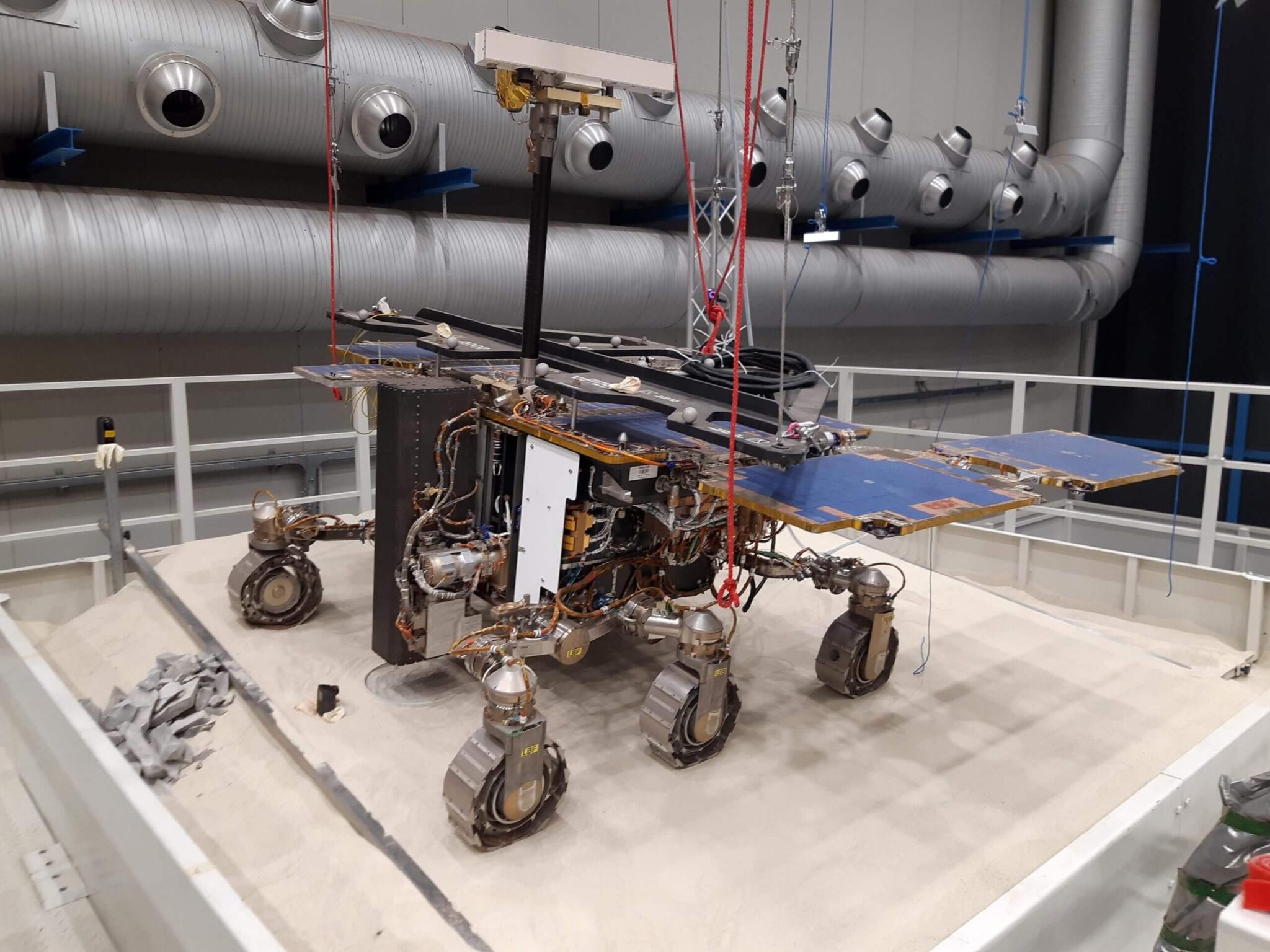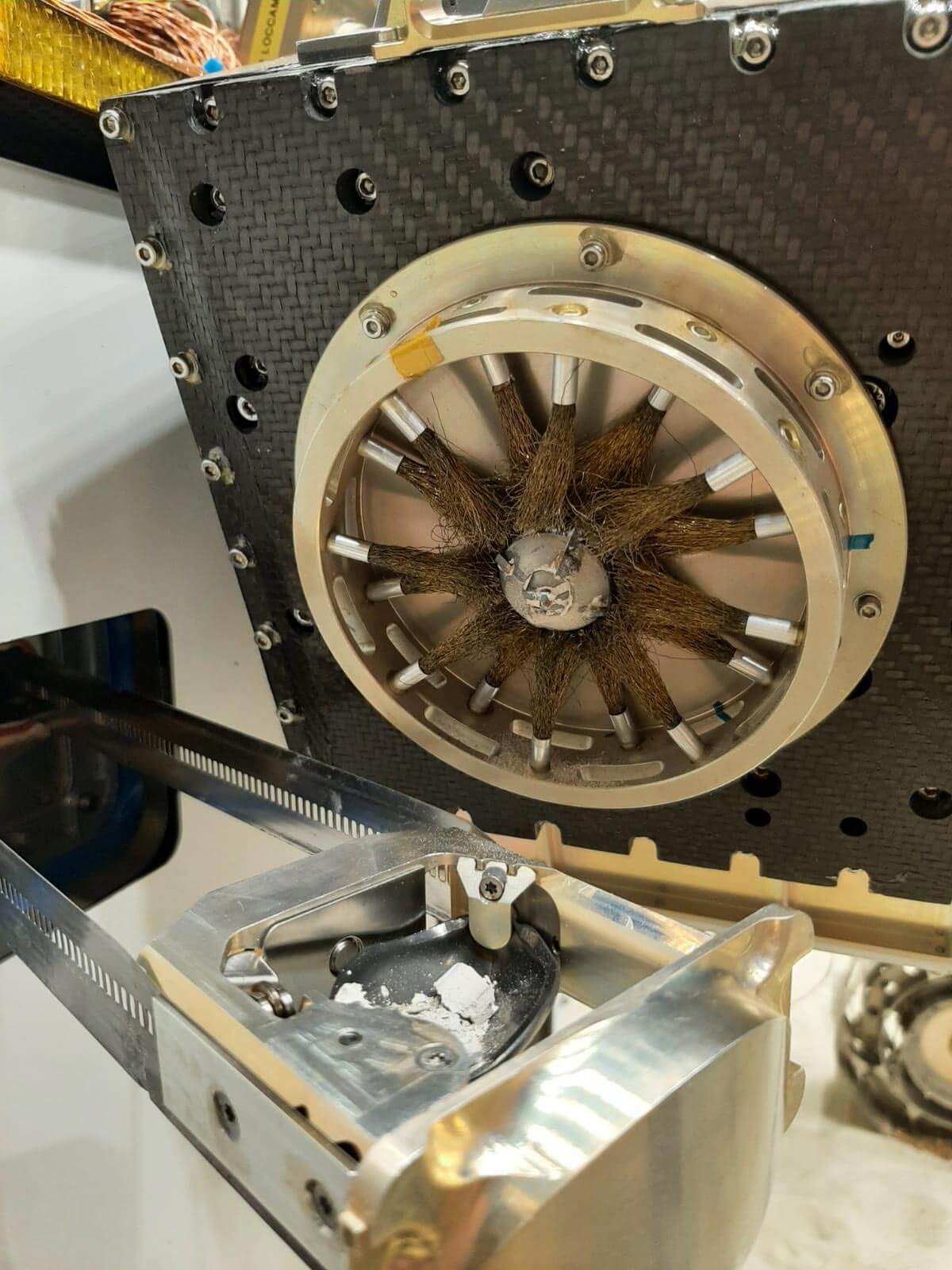The European Space Agency conducted experiments on a twin vehicle to Rosalind Franklin, the vehicle that will fly to Mars as part of the ExoMars 2022 project - the drill managed to reach a depth of 1.7 meters * much deeper than any other Mars rover has ever attempted * in the hope that the fate of Rosalind Franklin will be better than that of the robot Shifriali that crashed as part of the Exo Mars mission in 2016

The European Space Agency's (ESA) Rosalind Franklin rover's twin on Earth drilled and retrieved samples from 1.7 meters deep in the ground—much deeper than any other Mars rover has ever attempted.
The success in collecting soil from hard rock and bringing it to the laboratory inside the vehicle is a promising milestone in the ExoMars 2022 mission.
"The long-awaited success of ExoMars drilling into Earth is the first of its kind in Mars exploration," says David Parker, director of human and robotic exploration at ESA. The deepest hole dug in Mars to date is 7 cm.
The Rosalind Franklin rover is designed to dig deep enough, up to two meters, to access well-preserved organic material from four billion years ago, when conditions on the surface of Mars were more like those on baby Earth.
The replica, also called the ground test model, fully represents the vehicle that should land on Mars. The first samples were collected as part of a series of experiments in the Martian soil simulator located at ALTEC in Turin, Italy. The drill was developed by Leonardo, and Thales Alenia Space is the prime contractor for ExoMars 2022.
Rosalind Franklin's twin drilled into a well filled with a variety of rock and soil layers. The first sample was taken from a block of compacted clay of medium hardness.
The drilling was carried out on a dedicated platform with an inclination of seven degrees to simulate collection of a sample in a non-vertical position. The drill obtained the sample in a spherical shape with a diameter of about one cm and a length of two cm.

The drilling was carried out on a dedicated platform with an inclination of seven degrees to simulate collection of a sample in a non-vertical position. The drill obtained the sample in a spherical shape with a diameter of about XNUMX cm.
The Rosalind Franklin drill holds the specimen with a stopper that prevents it from falling during retrieval. When the sample is captured, the drill brings it to the surface and then to the laboratory inside the vehicle.
When the drill is fully retracted, the rock sample is dropped into a drawer at the front of the vehicle, which then goes inside and deposits the sample in a crushing station. The resulting powder is dispersed into ovens and containers that are intended to carry out the scientific analysis on Mars.

"The reliable acquisition of deep samples is very important for the main scientific goal of ExoMars: to study the chemical composition—and possibly signs of life—of soil that has not been exposed to harmful ionizing radiation," says ExoMars project scientist Jorge Vargo.
The ExoMars drill is an assembly of mechanisms that relies on an automatic choreography of tools and lifting rods. "The design and construction of the drill was so complex that this first deep drilling is an extraordinary achievement for the team," says Pietro Baioni, head of the ExoMars vehicle team.
More of the topic in Hayadan:
